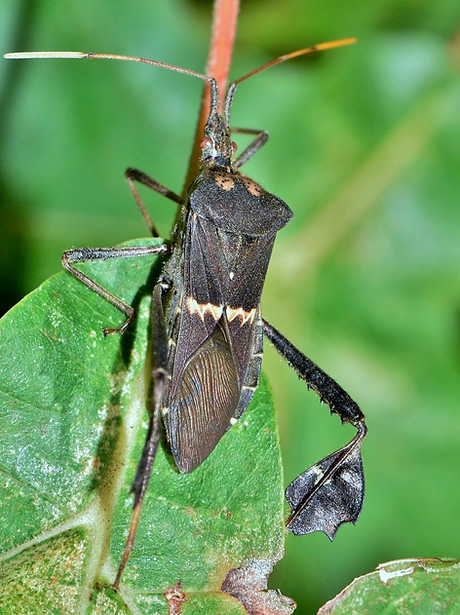Ecology of the insect microbiome

RESEARCH

IMPLICATIONS OF ENVIRONMENTAL SYMBIONT ACQUISITON
Environmentally derived microbes can dominate symbiotic communities. For example, our research suggests that 85% of bacteria in the butterfly gut come from the animals' food. Some of these microbes increase in abundance within the gut compared to foods, and their functional abilities mirror the chemical composition of the host’s diet. Together, these results suggest that we may have underestimated the numeric and functional importance of environmentally acquired microbes in some symbiotic communities.
We are currently developing the stinkbug-Burkholderia symbiosis as a model system for studying the costs and benefits of environmental acquisition. Stinkbugs acquire their symbiotic Burkholderia from the environment every generation. This is unusual; most beneficial insect symbionts are transmitted vertically from parent to offspring. We ask whether environmental acquisition of Burkholderia may benefit the host by conferring rapid adaptations to environmental stressors such as insecticides or fluctuating temperatures.

ROLE OF THE GUT MICROBIOTA IN THE PLANT-INSECT COEVOLUTIONARY ARMS RACE
Plants and the insects that eat them are engaged in a coevolutionary arms race: plants evolve toxins to discourage herbivory and insects evolve ways to avoid or break down these poisons. This is one of the classic interactions in evolutionary ecology. However, we have almost entirely overlooked an invisible third faction in this conflict: the insect gut microbiota. The idea that gut flora may assist insects with detoxification of plant poisons has been often proposed, but rarely tested. The existing prior work suggests that gut flora can indeed help their insect host by degrading plant defenses, but we still don't know how prevalent or how important such symbiont-mediated detoxification is at the ecosystem level. Our goal is to quantify the contribution of the gut microbiota to insect herbivory.